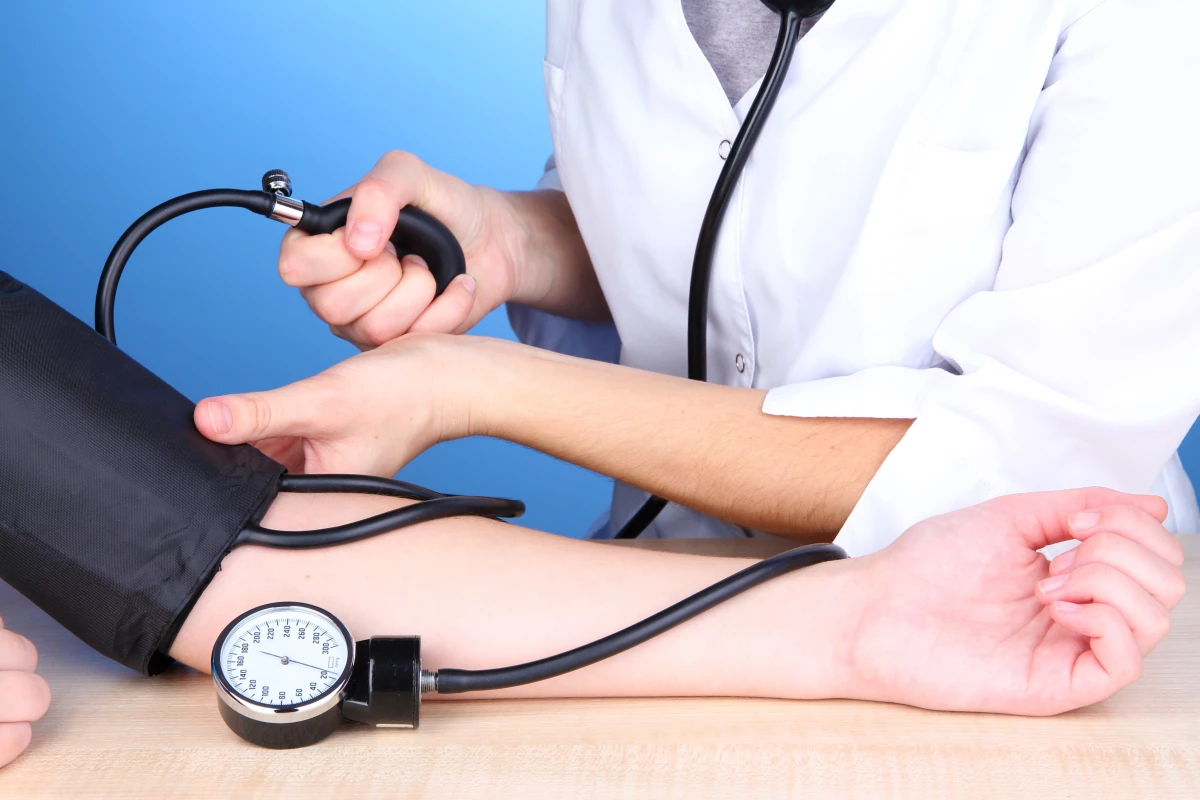Leading heart health bodies have called for greater attention to be paid to how a patient has their blood pressure taken, over fears that millions of Americans may be misdiagnosed and wrongfully medicated because of inaccurate readings.
Researchers at Ohio State University, along with the American Heart Association (AHA) and American College of Cardiology, have found an alarming degree of wrongful blood pressure data due to where and how the test is taken.
An accurate reading can be obtained when a patient is seated in a chair, with their feet flat on the floor, back supported and with the arm in the blood pressure cuff placed on a surface and kept at heart level. The researchers found that other methods – such as taking it while a patient is on an examination table – can inflate numbers to give higher readings.
"That's not conducive to taking blood pressure accurately," said researcher Dr. Randy Wexler, a primary care physician at The Ohio State University Wexner Medical Center in Columbus.
In the study, 150 adults were split into three groups: one had their blood pressure measured on a fixed-height examination table and then in an adjustable chair with support; another had the same tests conducted but in reverse order; and the third had two readings taken while just in the chair.
Pooled data analysis found that readings taken on the exam table were considerably higher – an average of 7 mmHg for systolic blood pressure (top number) and 4.5 mmHg for diastolic blood pressure (bottom number) – than when the same test was conducted with the patient positioned properly in an adjustable chair.
Because of this, the researchers believe millions of people could be misclassified with hypertension, even though in reality their blood pressure is within a normal, healthy range.
"We were not surprised there was a difference," Wexler said. "We were surprised at how much of a difference there was."
This can result in patients being given medication to manage their blood pressure, when it’s not at all required. Apart from the side effects, medication can lead to the patient developing hypotension, when blood pressure drops too low. This can cause light-headedness, dizziness and fainting, which is particularly serious for older adults who face increased danger from falls.
“People may not need to be on as much medication, which has side effects,” said Wexler. “That's where having good and accurate blood pressure measurements becomes important."
Nearly half of US adults have high blood pressure, and hypertension is diagnosed with consistent measurements at or over 130 mmHg systolic or 80 mmHg diastolic.
The researchers also highlight the need for medical staff to have the time to properly position a patient. They found that primary care providers would require more than 26 hours per day to follow all correct preventive and chronic disease care guidelines.
"We need to make things more efficient," said Wexler. "But how do we make changes that are doable without slowing down the process of the visit?"
In the meantime, the researchers hope this study will also raise awareness among patients, to follow simple measures such as keeping feet flat on the ground, have their testing arm supported and take care not to talk during the assessment.
"We need to make sure we measure blood pressure correctly and treat it correctly," said Dr Jordana Cohen, a nephrologist at Penn Medicine in Philadelphia, who was not involved in the study. "Health systems need to prioritize this. We have to convince them it is economically smart to do so because it will lead to better outcomes."
The findings were published in the journal eClinicalMedicine.
Source: AMA





